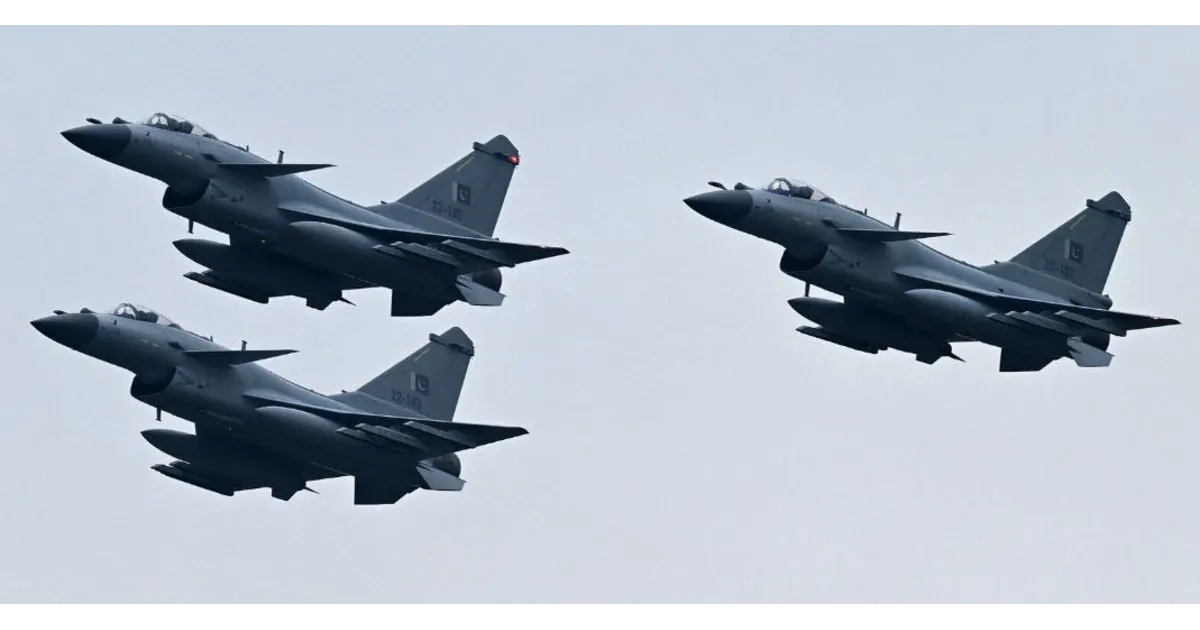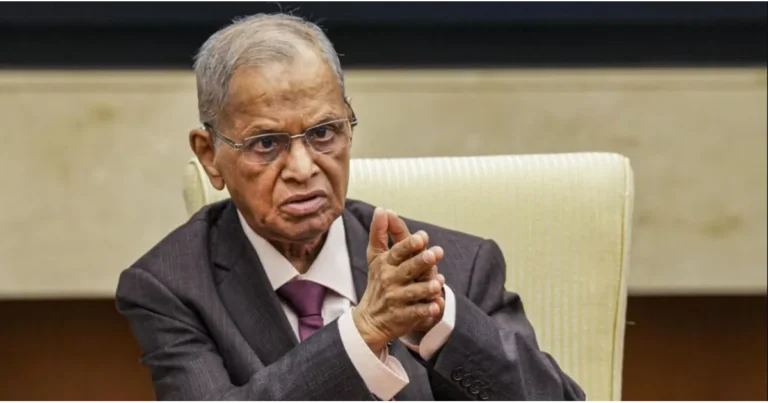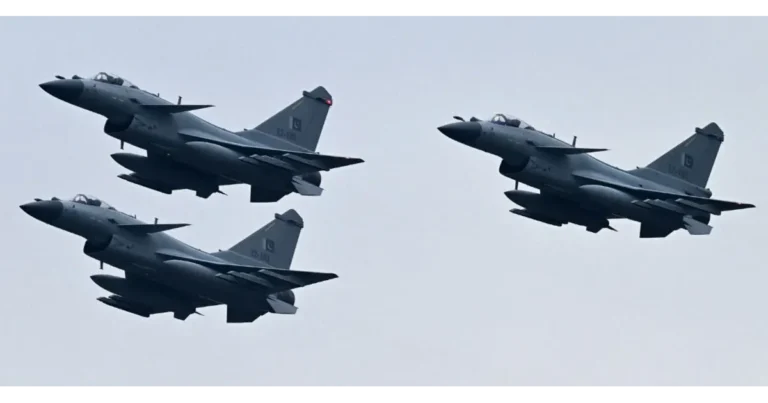
Overview of Operation Sindoor and the 2025 India-Pakistan Conflict
India-Pakistan War: A recent report from a US Congressional panel has cast new light on Operation Sindoor, asserting that Pakistan’s performance in its four-day military engagement with India earlier this year was significantly aided by advanced Chinese weaponry. According to the US-China Economic and Security Review Commission in its 2025 Annual Report, Beijing leveraged the crisis to test and promote its latest defense exports.
The May 2025 conflict, triggered by a terrorist attack in Pahalgam, became one of the most intense military confrontations between the two nuclear-armed neighbors in decades.
China’s Role and Strategic Interests
The Commission emphasizes that while China may not have directly instigated the clash, it “opportunistically leveraged the conflict to test and advertise the sophistication of its weapons.” The report highlights that Beijing viewed the crisis as a chance to showcase capabilities that could be relevant in its ongoing border tensions with India.
Impact of Chinese Weaponry on the Battlefield
The report specifies that Pakistan’s use of Chinese systems, including HQ-9 air defense systems, PL-15 air-to-air missiles, and J-10 fighter jets, played a pivotal role in countering India’s military assets, such as French Rafale fighter jets. The Congressional panel notes that this success was actively promoted by Chinese diplomatic channels to support arms sales. In the aftermath, Chinese embassies highlighted these battlefield achievements, aiming to strengthen commercial prospects in the region.(India-Pakistan War)
First Combat Test of Modern Chinese Systems
According to the report, the India-Pakistan engagement marked the first time China’s modern weapon systems were deployed in active combat, effectively serving as a real-world trial. These operations provided China with valuable data for both operational refinement and international marketing.
Implications for Regional Arms Sales
The Commission warns that this demonstration aligns with China’s broader commercial ambitions. Reports indicate that Chinese officials persuaded Indonesia to pause a Rafale jet purchase in favor of exploring Chinese alternatives, signaling a strategic push into regional defense markets.
China-Pakistan Military Cooperation and Regional Strategy
The report situates these developments within Beijing’s broader regional strategy. China has not only supplied advanced hardware to Pakistan but has also strengthened intelligence-sharing and operational coordination. This partnership underscores the potential long-term implications for India’s security and regional stability.
Divergent Approaches to Border Disputes
The report further notes an asymmetry in how China and India approach long-term solutions to border disputes. India seeks sustainable resolutions that do not appear as concessions and maintain domestic political support, while China tends to leverage high-profile dialogues to achieve partial, tactical gains.
Uncertain Trajectory of China-India Relations
The bipartisan Commission concludes by observing uncertainty over whether the 2025 agreements between China and India reflect a short-term adjustment, influenced by India’s trade negotiations with the US, or signify a more enduring shift toward normalized bilateral relations.






